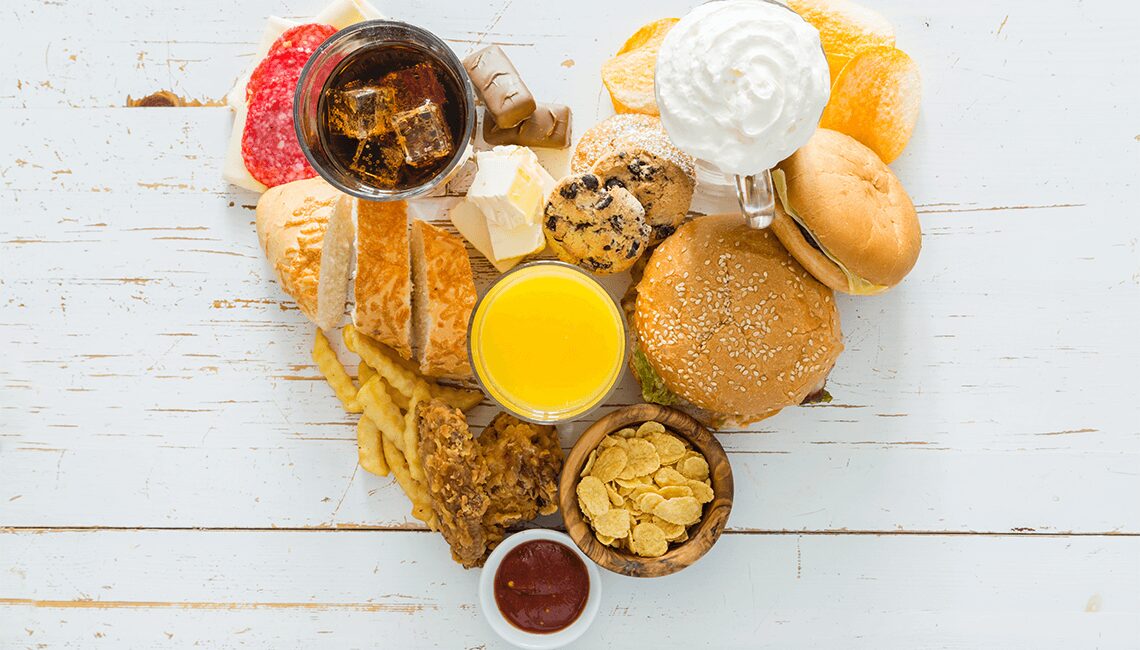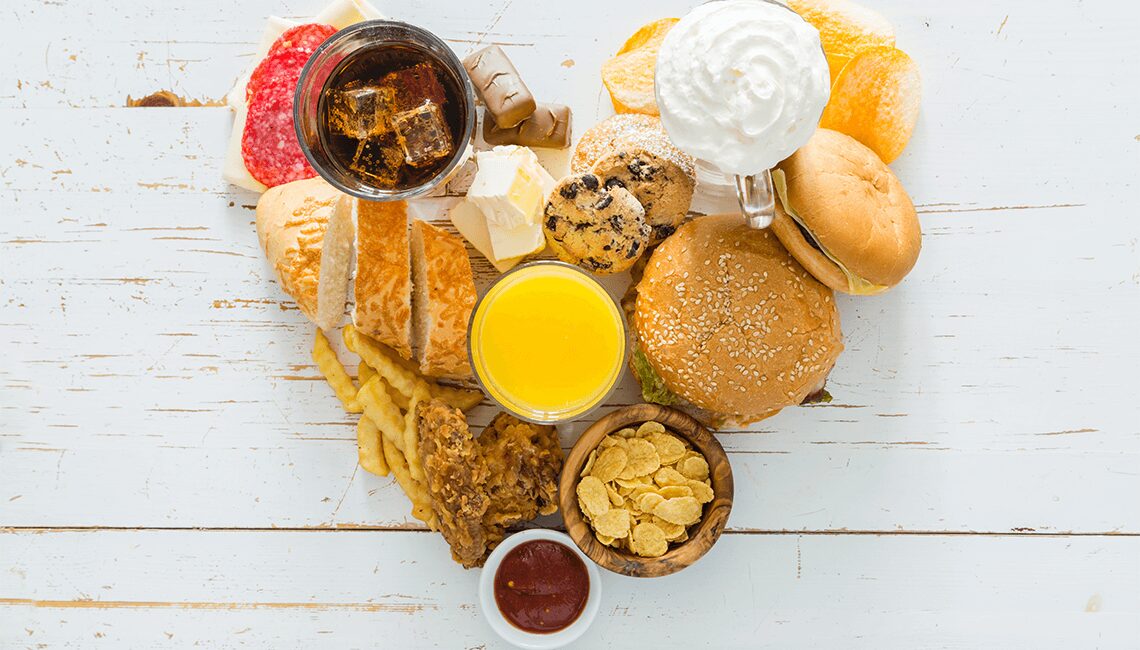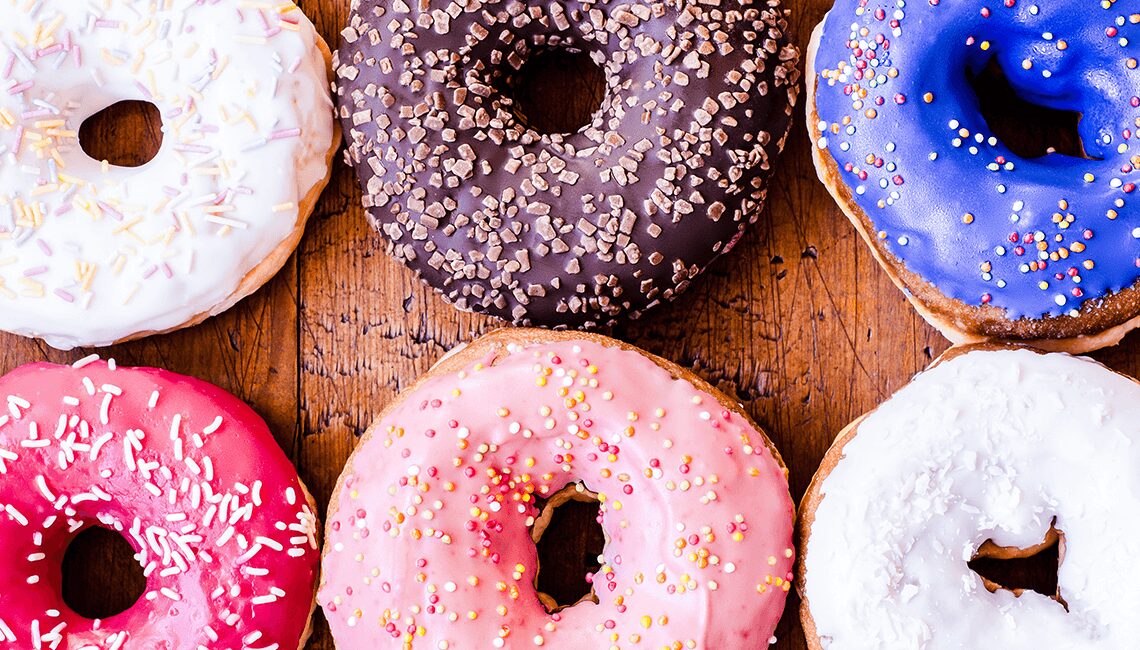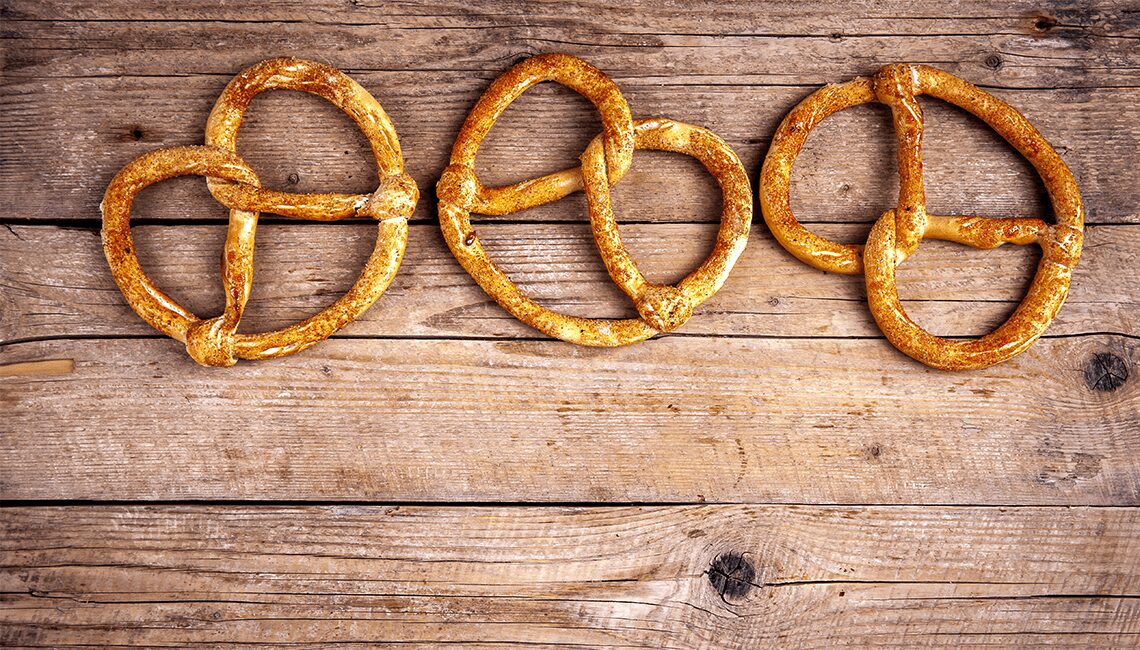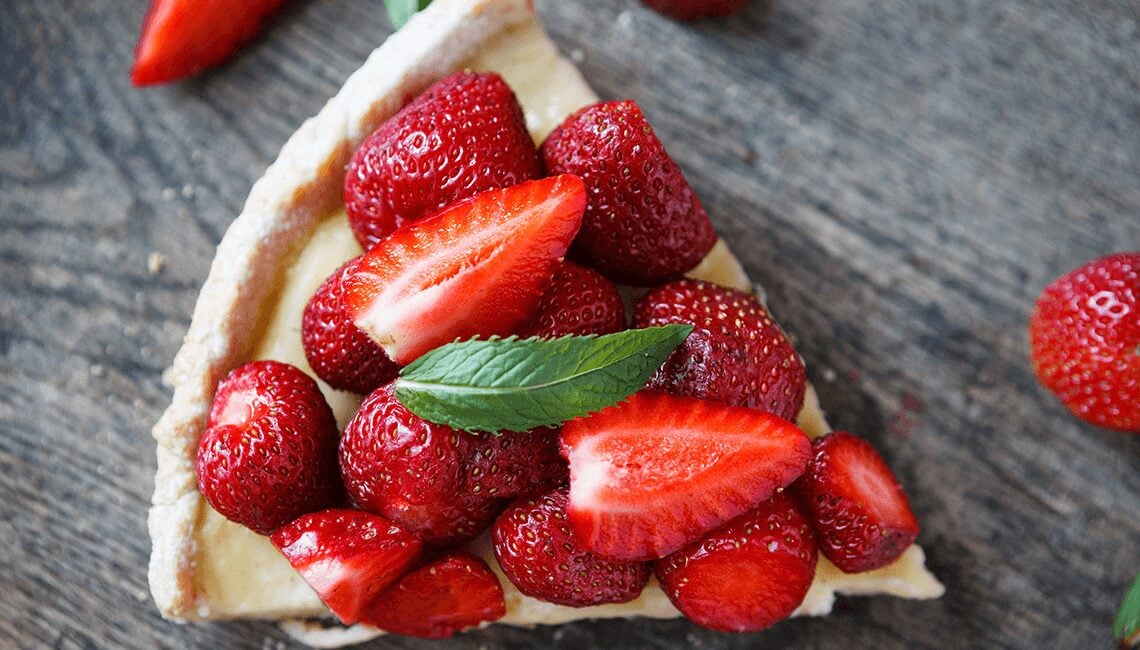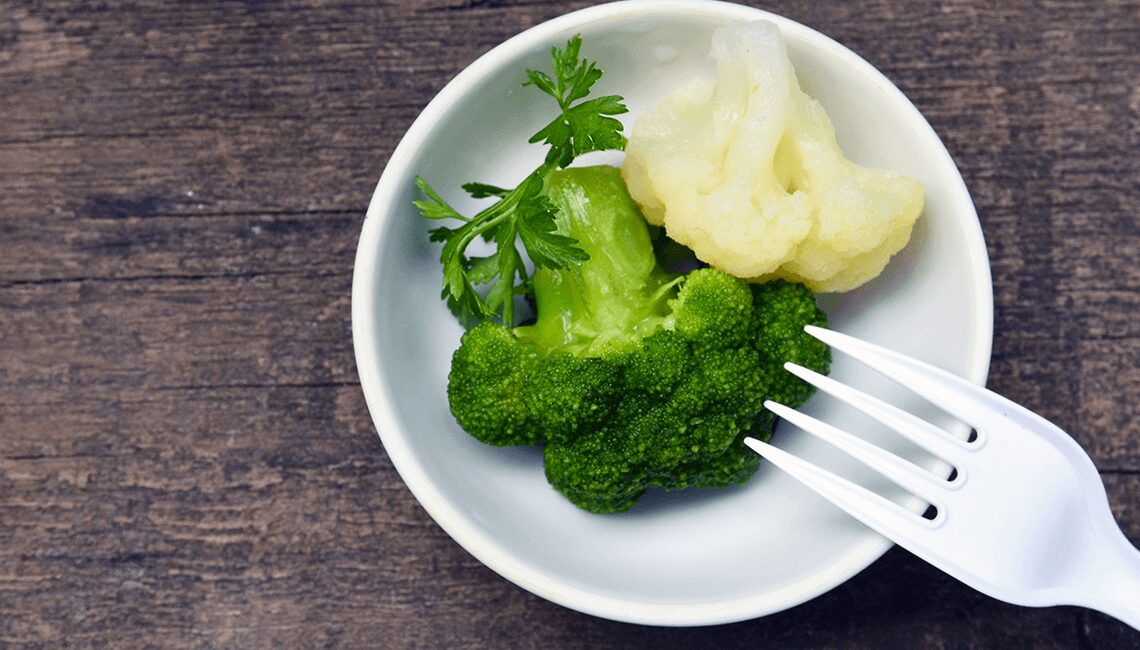Food cravings are quite creepy and hard to understand. One minute your body is content, and then, out the clear blue sky, you suddenly feel the urge to devour a box of chocolates. You may easily blame your cravings on a “sweet tooth” or emotional stress, but the desire to mindlessly munch is actually a sign that your body may be lacking some vital nutrients and minerals.
The average person craves foods with processed ingredients like sugar, fat, and sodium. Read below to understand what different cravings mean and how to satisfy them and manage them long-term.
Sweet Cravings
Sugary foods are addictive. Dr. Keith Kantor, a leading nutritionist, author, and founder of Nutritional Addiction Mitigation Eating & Drinking (NAMED), said in an interview with NEW YOU, “they [sugary foods] stimulate our opiate receptors and have a dopamine response similar to the response one gets from illegal drugs and/or alcohol.” The more you include sugar in your diet, the more you will crave it. So these types of cravings may be a sign of a necessary diet change.
Salty Cravings
Salty cravings are usually an indication that your body is dehydrated or lacking electrolytes. “Slight dehydration can increase food cravings, so ensure you are drinking at least half your body weight in ounces of alkaline water per day,” Dr. Kantor shared.
How to Satisfy Cravings
Fresh fruit is always a good alternative for sweet cravings, while fresh nuts, avocados, nut butter, and crunchy veggies with hummus are excellent salty snacks. But after a while that becomes monotonous. So, if you find yourself really craving a sweet or salty treat, go ahead and indulge, but keep the portions under control.
How to Manage Cravings
Dr. Kantor recommends “the 80/20 principle – 80% of your daily choices are healthy and packed with nutrition with 20% of treats.” A treat could be a piece of dark chocolate, coconut ice cream (my personal fave ), corn chips and salsa, or even a glass of red wine. It is best to have a small portion of your favorite snack and move on. If possible, Dr. Kantor suggests unprocessed versions of the particular treat.
Nutritious eaters typically crave natural sugars from fruit or healthy fats from avocados or sea salted raw nuts. Dr. Kantor told NEW YOU, “Eating a balanced diet that is rich in fiber, high-quality protein, healthy fats, along with high-quality supplementation and hydration will help sustain the body’s natural chemistry, thus decreasing the urge for cravings.”
There are a large number of free healthy recipes on www.drkeithkantor.com. Each of our NEW YOU readers can also obtain a week’s worth of healthy recipes that are specifically designed for substance abuse and diabetes on www.namedprogram.com.
For more on food cravings click here!
Photo Credit: Shutterstock










